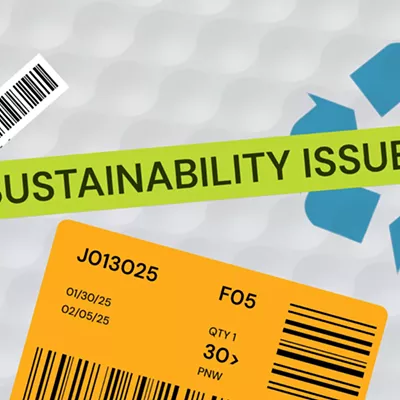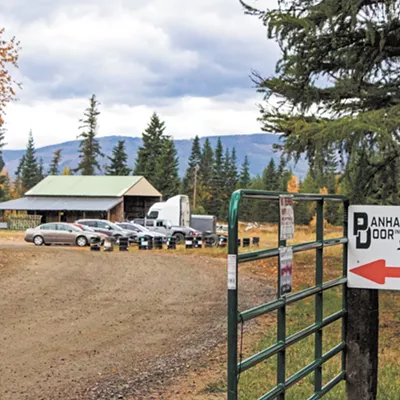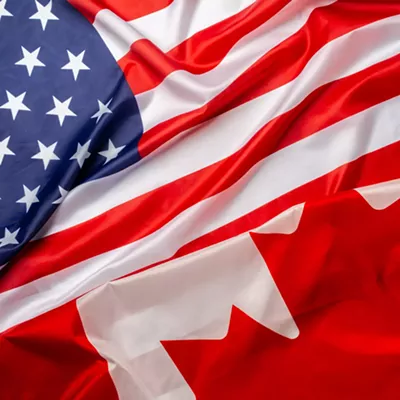That's the message of a graphic in the Center for Justice's pamphlet on toxic chemicals and heavy metals in the Spokane River. The center spread color-codes the river from Lake Roosevelt to Lake Coeur d'Alene. The first stretch, to Nine Mile Dam, is blue, meaning you can safely eat two or three meals per week of fish you catch here. Upstream, it's yellow. One meal per month, tops. Above Upriver, it's a bold red: "Do not eat any fish."
The pamphlet was published with state money given to the Center for Justice to increase awareness of the problems facing the river. The center is using some of that money on a workshop this Saturday to discuss those problems and try to resolve them.
Like heavy metals, for instance. The byproducts of a hundred years of mining in the Coeur d'Alene basin -- arsenic, lead, cadmium and other metals -- have built up in Lake Coeur d'Alene and spilled over into the river, burying themselves in the riverbed. When humans eat fish that have swallowed the contaminants, possible results include damage to the humans' kidneys and nervous systems, along with behavior and learning problems in kids.
Heavy metals aren't the worst of it, though. Capping them on the bottom of the river with layers of nontoxic material helps to isolate the problem. More insidious are PCBs and PBDEs, industrial chemicals that can cause skin rashes, immune deficiencies, thyroid problems and developmental problems.
Andy Dunau, a consultant for the Center for Justice who will be facilitating Saturday's meeting, says metals are relatively easy to clean up. But he goes on to ask, "How do you deal with a chemical that's here, there and everywhere? How do you stop the bleeding?" He notes that no one really knows how all the PCBs are getting into the river: "At this point, they think over half of it is coming from city of Spokane stormwater drains. In general, people think about toxic chemicals in the river as an industrial problem. Well, with this one, the biggest discharger is likely to be the city of Spokane. How do you, the taxpayer -- the shareholder -- address that with the city? That bill's got our name on it."
Dunau says part of the point of the conference is to bring to the table everyone with an interest in the river -- the city, the county, the tribes, Inland Empire Paper, the Department of Ecology, canoers, kayakers, anglers, conservationists -- and talk about steps toward identifying the mess and cleaning it up. He notes that river dischargers are soon going to be required by the Department of Ecology to reduce the amount of phosphorus in the river by as much as 90 percent.
"That's going to be incredibly difficult to obtain," Dunau says. "How on earth are we going to get there? ... The honest truth is nobody's got a really good handle on how we're going to go about this. We weren't quick to create the problem, and it's not going to be quick to solve it."
The Spokane River Toxic Chemicals and Heavy Metals workshop will be held at the Gonzaga University Law School, on Saturday, June 16, from 8:30 am to 12:30 pm. Visit www.cforjustice.org or call 835-5211.




















